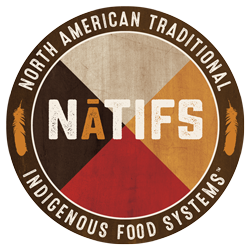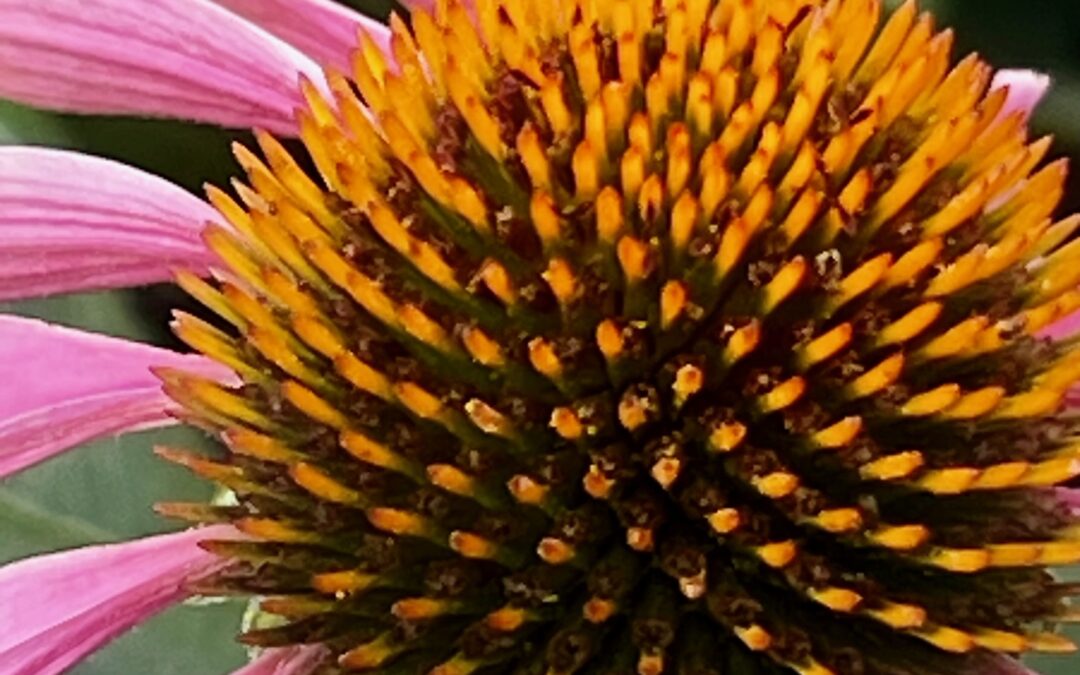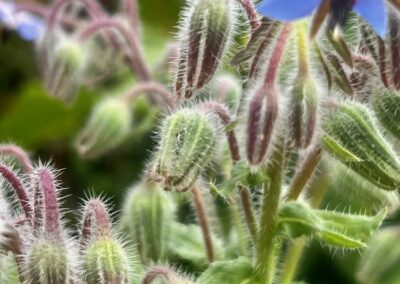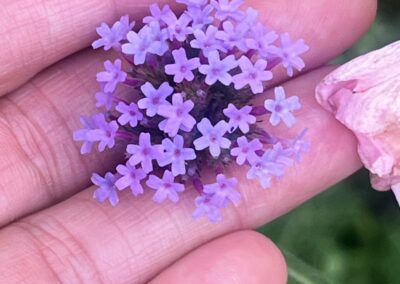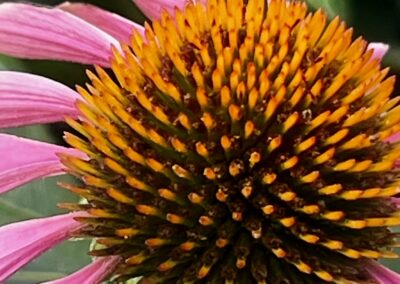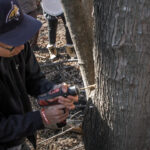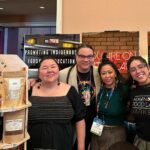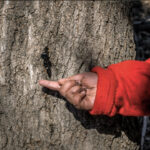Whether you’re an avid gardener or a black thumb, you’re likely to have heard of the Three Sisters planting method: a trio of corn, pole beans and squash are planted together in hills, a crop management system called interplanting or companion planting.
It’s one of the agricultural techniques that survived the violence against Native peoples throughout the 1800s United States, its elegance capturing the imagination and attention of gardeners, as well as lay people around the world.
“There was so much amazing agriculture,” says chef Sean Sherman, thinking about Indigenous history, and Hidatsa Shield Beans, one of the varietals that was historically planted using the method, and one of the first Heirloom Native varietals he was ever able to receive and utilize in his cooking. It was thanks in part to Seed Savers Exchange, a nonprofit that preserves heirloom seeds through regeneration, distribution and seed exchange. It is one of the largest non-governmental seedbanks in the United States, and chef Sean has been on the board for about a decade.
“About a half of the tribes in the US were agricultural, and most of their seeds have disappeared. We’re lucky to have any left,” he reminds us.
It’s why this beautiful bean, white with a reddish brown “eye,” made its way onto one of his first decolonized dishes, Smoked Whitefish, Walleye Cake, and a trio of Indigenous beans, finished in smoked apple broth. He served the Hidatsa Shield beans along with Arikara Yellow Beans, and Cherokee Trail of Tears Black.
“These seeds are so special. We have to protect them.”
On the plate, the beans cook up creamy, almost fatty, and are a beautiful accompaniment to a seared fish with a light broth, or served simply on their own.
Hidatsa Shield Beans have been inducted into the Slow Foods Ark of Taste, a catalog of distinctive foods facing extinction. Sean credits organizations like Seed Savers for doing the work to protect important and delicious foods like this one, and importantly, helping to keep the seeds in Indigenous hands.
“There’s very little money involved in this work for farmers and even for chefs. But we have the ability, and the responsibility to share these stories. In a time where people and institutions like Monsanto are trying to buy up all of the biodiversity and homogenize everything, this work is so crucial.”
Mike Bollinger is the current Executive Director of Seed Savers, and says that the work that NATIFS is doing as stewards of Indigenous seeds is precisely the synergy and collaboration that the organization needs in order to be successful in their own mission.
“Seeds have all kinds of ethnic, cultural and socioeconomic realities tied to them,” he explains, “and stewarding seeds and building a community around them– this is a task that we can’t singlehandedly do. Sean’s work is as vibrant an example of this as I’ve seen.”
Bollinger adds that the safest way to steward these precious seeds is to place them in communities who want to provide food for their own families. He reminds us that many of the 20 to 30 thousand seeds that the organization has in its catalog are “America’s cultural heritage seeds.” Not American as Apple Pie– American as Hidatsa Shield Beans.
The history of America’s true food is locked within seeds such as this one, and the proper care, protection, and sharing of the food that emerges from them is a central component of keeping the history– and the future– of cultures intact. Bollinger echoes Sean’s emphasis on keeping seeds in the hands of people who want to protect, not profit.
“Being empowered to save seeds is important– the simple beauty of how it allows people to not be part of a capitalized and monetized food as commodity program. It’s simple basic science, and it doesn’t cost anything.”
Seed Savers Exchange was founded in Missouri in 1975 by Diane Ott Whealy and Kent Whealy who were entrusted with seeds from two plants that were brought from Ott’s great grandparents when they immigrated from Bavaria to Iowa in 1884.
